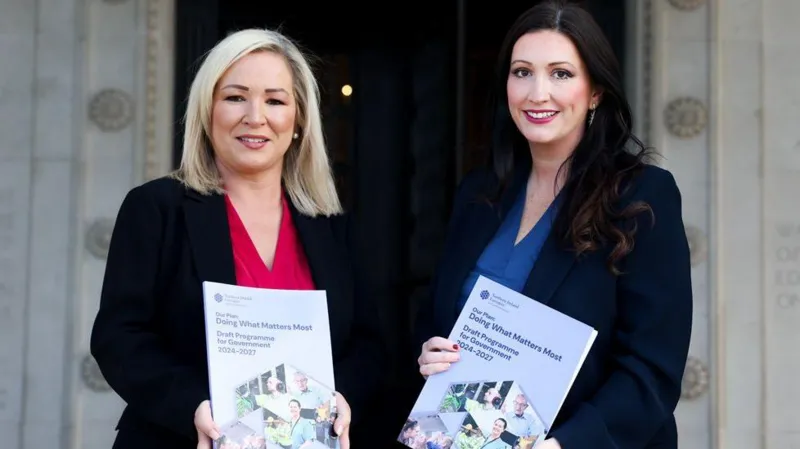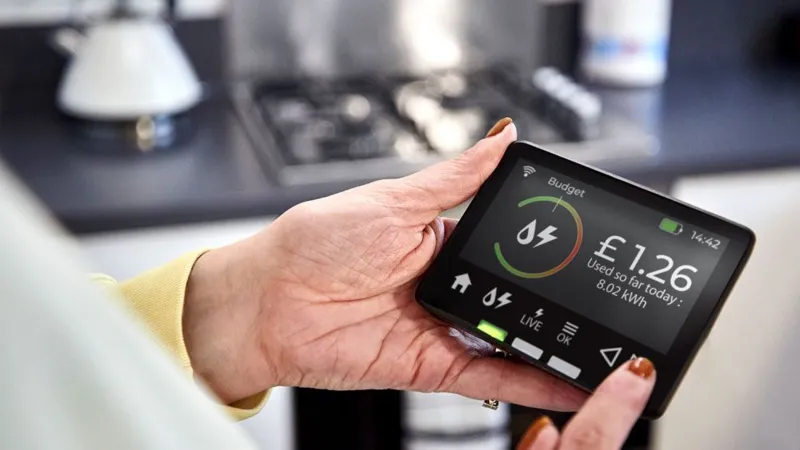Koh Mak: The tiny island that’s redefining travel to Thailand Ron Emmons
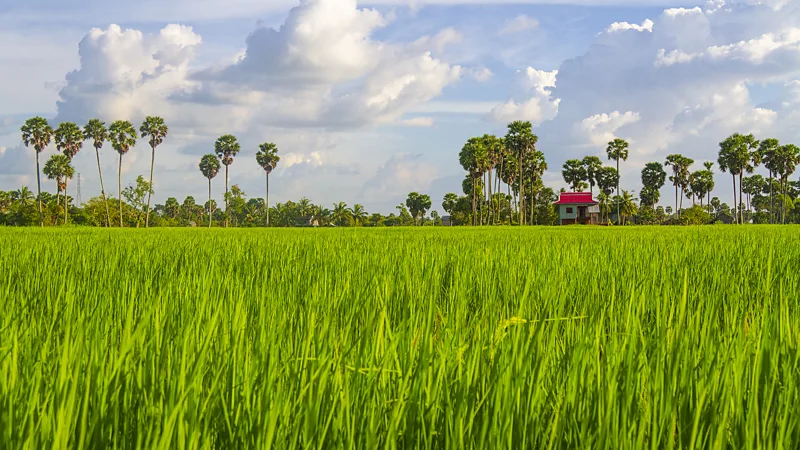
Koh Mak: The tiny island that’s redefining travel to Thailand With season three of The White Lotus bringing more guests to the already crowded beaches of Phuket and Koh Samui, a totally different narrative is emerging in the Gulf of Thailand.
As season three of The White Lotus prepares to hurl Thailand’s islands into the worldwide limelight, bringing new waves of visitors to the already crowded beaches of Phuket and Koh Samui, a very different narrative unfolds across the Gulf of Thailand. Koh Mak, a sliver of an island, has quietly established itself as a model for sustainable tourism, providing a rare glimpse into Thailand’s future travel.
My initial sight of Koh Mak’s southern coastline by speedboat was deceptively simple: golden sand curving into clear shallows, coconut trees leaning towards the sea as if caught mid-bow. There were no high-rises or noisy beach clubs. Instead, low-slung cottages protruded from the woods, and bicycles outnumbered vehicles on the island’s calm roadways.
Makathanee Resort
I booked at the Makathanee Resort near the jetty and read a map to gain my bearings. Koh Mak is only 16 square kilometers in size and, except from a few modest hills, is flat, making it ideal for bike exploration. Eager to embrace the island’s languid rhythm, I pedaled north-east past rubber tree and coconut palm fields to Laem Son Beach. Here, all I discovered was a house built of coconut trunks and fronds, as well as a few deck chairs overlooking a gloriously vacant stretch of sand. I got a coconut shake and spent a delightful half hour soaking up the stillness before walking over to the town of Ao Suan Yai. Even here, there was nothing to detract from the island’s natural beauty, with only a few well constructed, low-key resorts nestled away behind a white-sand beach and a line of palm trees all bending at the same inclination towards the sea.
As I finished my quick trip, I realized that I had seen no foreign hotels or retail malls, no McDonald’s or KFCs, and no 7-Elevens, which appear to be on every street corner in Thailand.
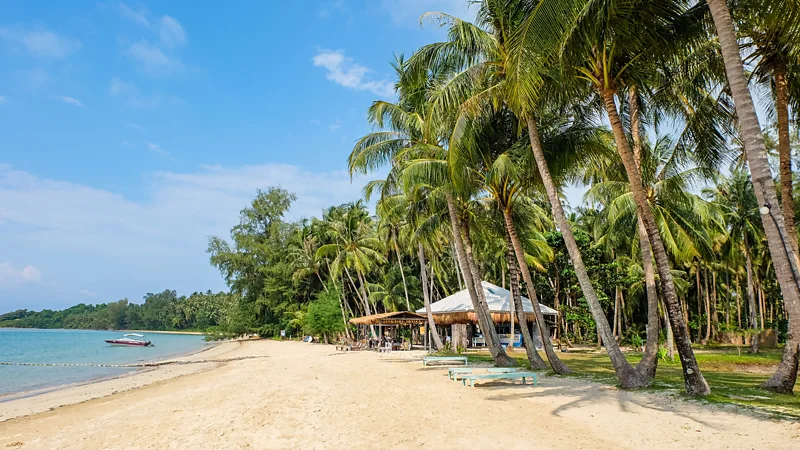
Koh Mak, promoted
Koh Mak, promoted by the Tourist Authority of Thailand (TAT) as the country’s first low-carbon destination, has served as a test case for how tiny islands may survive without losing their spirit to mass tourism. Unlike its larger, better-known neighbors, party-friendly Koh Chang to the north and private Koh Kood to the south, Koh Mak is taking a gentler, quieter approach. Its method, spearheaded by the island’s long-standing landowner families, has gained international acclaim for sustainable tourism. But it’s the lived experience that genuinely distinguishes it. This is not an island stuck in an imagined past; it is actively crafting a new sort of future.
Green Getaways
Green Getaways is a BBC Travel series that helps travellers experience a greener, cleaner approach to getting out and seeing the world.
While many Thai islands are under Thai government control, Koh Mak is still owned by five families, descendants of a civil servant called Luang Prompakdee, who bought the island’s coconut plantations in the early twentieth century. Yodchai Sudhidhanakul, head of the Koh Mak Tourism Club and one of Prompakdee’s descendants, told me that the island’s tight-knit ownership structure has been critical to preserving its quiet nature and promoting leisurely tourism.
Sudhidhanakul
“It’s not that we don’t want tourists; in fact, many residents depend on tourism,” Sudhidhanakul told reporters. “But we hope to attract a particular type of visitor – those who are respectful of others and appreciate the benefits of a quiet life.”
In 2018, people formalized their aspirations via the Koh Mak Charter. The agreement prohibits car ferries from landing on the island, limits motorcycle rentals to 70% of room capacity, outlaws loud music after 22:00 and noisy water activities such as jet skis, and forbids the use of foam or plastic containers.
When to visit Koh Mak?
Koh Mak’s peak season is from November to April. The island is mostly empty during the low season (May to October), although boats continue to travel there. Some resorts close during this season, but those that stay open have lower prices.
“We never worried about overtourism,” said Sudhidhankul, “since our available accommodation has stayed consistent at 750 rooms, but we wanted to be a part of the low-carbon program. Thus, most resort owners employ renewable energy wherever possible and strive to recycle and dispose of garbage ethically.”

This mindset goes beyond policy. Local organizations such as the Koh Mak Coral Conservation Group provide snorkeling expeditions where guests may learn how to grow corals with repurposed PVC pipes. Trash Hero, a volunteer organization with the motto “Every week we clean, we educate, we change,” organizes regular beach cleanups. Visitors to the island’s coconut farm may learn how to harvest coconuts and create cold-pressed coconut oil, while tie-dye courses teach traditional fabric dyeing techniques using natural pigments.
More like this:
• Measuring the ‘White Lotus effect’: How TV and film locations impact travel
• Here’s where Asia’s best female chef goes for pad Thai in Bangkok
• Thailand’s cooling rice dish to beat the heat
I spent the following several days sincerely practicing slow-life hobbies, such as reading in a hammock, napping in a deck chair, swimming, and going on long walks down the beach in search of shells. Unfortunately, the majority of what I discovered would only be of interest to the Trash Heroes: plastic bottles, worn shoes, and broken fishing nets. There were several additional things to select from, including diving and snorkeling expeditions, kayaking, paddle boarding, massage and cookery workshops, Thai boxing and yoga.
How to Go Green on Koh Mak.
• Rent a bike or golf cart to explore the island.
• Join the Trash Heroes every Saturday morning for their weekly cleanup.
• Consume local rather than imported food.
• Register for an extended stay at the Koh Mak Campus.
• Participate in any of the eco-friendly activities offered.
I participated in a game of disc golf (also known as frisbee golf) and attended a tie-dyeing lesson, where I created a shirt that made me feel quite accomplished. Workshop instructor Rodjamarn Sirirut displayed over 20 natural colors created from indigenous plants such as indigo, malabar, mango, mangosteen, and coconut shell, demonstrating the island’s natural richness. These activities provided a break from lazing at swim-up pool bars or eating myself at buffets, which I may have done if I had been staying at an international resort.
One day,
One day, I went on a snorkeling expedition to Koh Rang, an island west of Koh Mak that is part of Koh Chang Marine National Park. On the boat, I spoke with Rong Rong Zhu, a former research scientist from the United States who now spends the majority of her time on Koh Mak. “When I travelled in Asia in 2018, I found Koh Mak to be a very walkable and bike-friendly island,” she shared. “I was able to rent a house with a beautiful view and now I have many digital nomad friends who spend half the year here.”
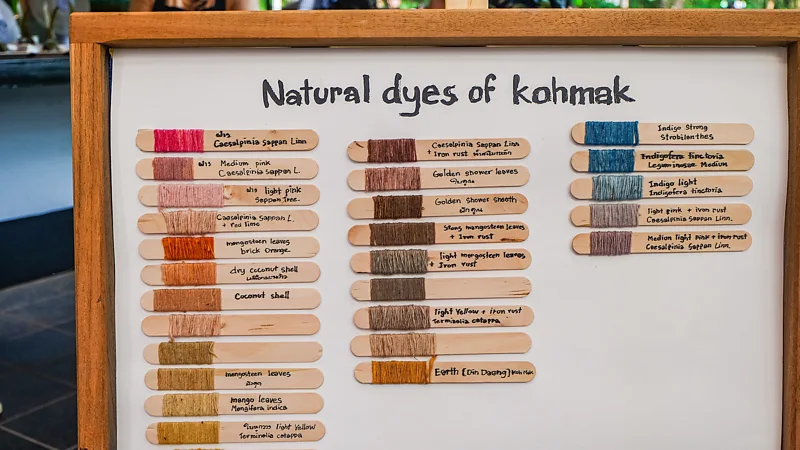
Koh Mak has the same issues as other tiny islands. Plastic garbage is still washed up on its coasts, carried in by ocean currents. In addition, the island’s co-working center Koh Mak Campus, Sudhidhanakul established the initiative in 2020 to encourage longer stays and digital nomads; nonetheless, balancing tourism and development remains a challenging challenge. “We want to attract seasonal inhabitants, and we need to develop more expertise in the use of renewable energy.” Sudhidhanakul informed me.
However, as I settled into the island’s rhythm – riding from one beach to the next, sipping coconut shakes under palm trees, and conversing with locals who spoke of their home with pride and protectiveness – it became evident that Koh Mak provides something increasingly unusual in Thailand.
It serves as a reminder that an alternative type of tourism is possible, one that does not demand the sacrifice of a place’s character in order to grow. As the speedboat took me back to the crowded mainland, I hoped that Koh Mak’s peaceful revolution would encourage others to follow suit.


